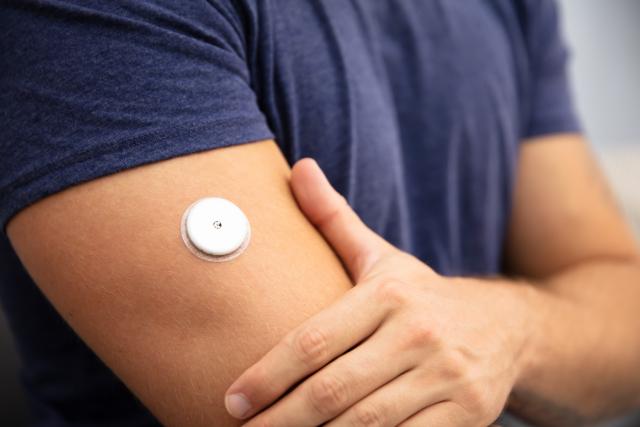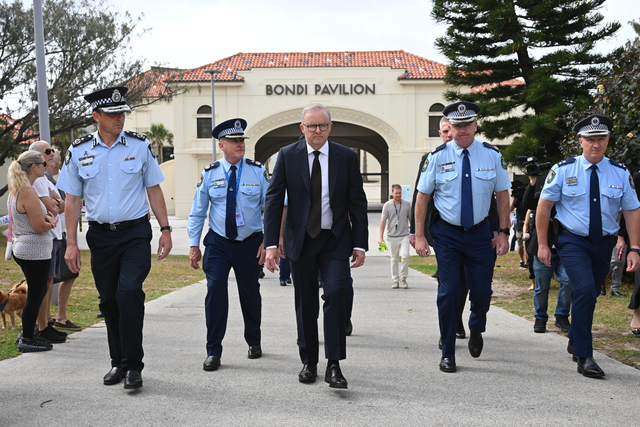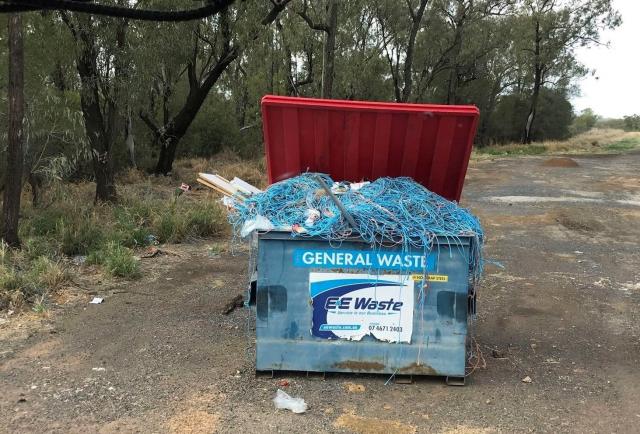A Healesville resident living with type 2 diabetes asks the Federal Government to expand access to subsidised Continuous Glucose Monitoring (CGM) devices through the National Diabetes Services Scheme (NDSS).
CGM systems offer continuous monitoring of glucose levels, empowering patients to make timely and informed decisions about their health.
A CGM has a tiny sensor that can be inserted under the skin of a patient, often the skin on their belly or arm and it sends all the information to a software program on their smartphone.
This results in improved glucose control, reduced hospitalisations and increased time in their target glucose range.
Baker Heart and Diabetes Institute associate professor Neale Cohen said CGM systems have changed the world for diabetes patients, measuring and transmitting the information every single minute to their devices.
“We used to manage diabetes and blood sugar levels by doing a finger prick testing, we still do of course, but it is something you can do once, twice maybe three or four times a day, that is certainly not an easy thing to do many times a day,” he said.
“But CGM can measure your blood sugar levels every single minute of the day and you wear these sensors for a week or two weeks depending on which sensor you’re using.
“What that means is the fluctuations you can see very quickly and you can do something about extremely high or extremely low blood glucose levels, so you can adjust insulin dosing as you need to and adjust your diet as you need to.”
People living with insulin-requiring type 2 diabetes have similar management needs to those with type 1 diabetes, including administering insulin injections several times a day.
Assoc Prof Cohen said about one in five type 2 diabetes patients also needs insulin to manage their glucose levels.
“Type 1 diabetes is a condition that often comes on in childhood or adolescence and is associated with a complete loss of insulin production from the pancreas and requires insulin injection a lot and there’s no tablet or oral therapy for type 1 diabetes,” he said.
“On the other hand, type 2 diabetes occurs later in life mostly and it’s associated with people who are often overweight or obese, but it’s associated with insulin resistance.
“In other words, the pancreas produces insulin but the body is somewhat resistant to the insulin it produces, so people often need to control their diet lifestyles to lose weight.”
Australians with type 2 diabetes are not eligible for the CGM subsidy while type 1 diabetes patients currently have access to subsidised CGM devices through the NDSS.
Healesville resident Linda Hay said she was disappointed when she knew only type 1 diabetes patients have access to the government subsidy on CGM devices.
“I’m retired now, so financially, it would be of massive help if they were subsidised and funded [for people with type 2 diabetes],” she said.
Ms Hay was initially diagnosed with gestational diabetes when pregnant in her twenties and then she was diagnosed with type 2 diabetes in her early thirties.
Ms Hay said she was like an ostrich and stuck her head in the sand at first.
“I was off the couch and I was active, so I was angry that I’ve been diagnosed and I ignored it for a while,” she said.
“But then I had to take notice of wearing the CGM, which is about four years now and my control and awareness have been so much better.”
A CGM lasts for two weeks so users have to reapply it every two weeks.
Ms Hay said it costs her over $50 a week and she thinks it’s expensive but she couldn’t quit it because it improves the quality of her life.
“I can do things with my grandchildren and go bike riding, having my metre with me,” she said.
“I know I’m not going to have a low because I’ll take a measly bond with me on a long bike ride and I know that I’ll be fine.
“So, my life wouldn’t be as active without the CGM.”









